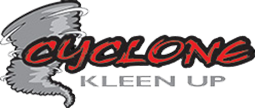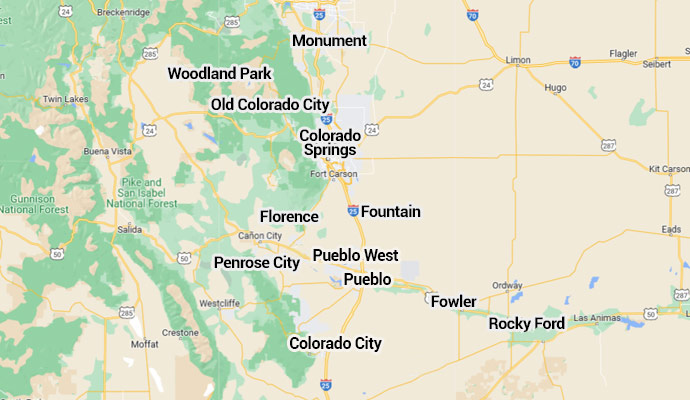
Every Fire Is Limited by 4 Things
When you see a fire raging, it seems like it’s an almost uncontrollable force, consuming all that gets in its way and inflicting fire damage on every item it touches. And the bigger it gets, the more difficult it is to manage. But every fire does have its Achilles’ heel.
Enter the fire tetrahedron. This triangular pyramid represents the four equal components that every fire must include. Without just one, a fire falls apart. Knowing this can help you kill a fire before it gets out of control and causes fire damage to your Pueblo or Colorado Springs property.
The 4 Things Fire Needs to Exist
- Fuel. A fire must have something to feed on, to consume. Just like living things, it has to have something to eat to survive. The fuel can be anything flammable such as paper, wood, fabric, chemicals, or combustible materials.
- Heat. A heat source is needed for the initial ignition of fire and to maintain a fire and enable it to spread. Heat allows a fire to spread by drying out and preheating nearby fuel and warming the surrounding air. Some objects’ flashpoints are lower than others, so they combust more easily, resulting in massive fire damage.
- Oxygen. Air contains about 21 percent oxygen, and most fires require at least 16 percent oxygen content to burn. Oxygen supports the chemical processes that occur during a fire. When fuel burns, it reacts with oxygen from the surrounding air, releasing heat and generating combustion products (gases, smoke, embers, etc.). This process is known as oxidation.
- Chemical Chain Reaction. While the three components above are still needed, an actual chemical reaction must take place for a fire to ignite. Once a fire has started, the resulting exothermic chain reaction sustains the fire and allows it to continue until at least one of the elements of the fire is blocked
The 4 Ways to Stop a Fire
- Cool it. If a fuel source can be cooled by, say, pouring water on it, a fire can’t continue because you’ve removed some of the heat energy. Water simultaneously cools and suffocates the fire. It cools it so much that it can't burn anymore, and it smothers it so that it can't burn any more of the oxygen in the air. But never use water on grease or electrical fires! Those need the correct fire extinguisher.
-
Smother it. If the oxygen supply to a fire can be sufficiently
decreased, burning will cease. By preventing fresh air from reaching a
fire, you reduce the oxygen content in a confined atmosphere until it
extinguishes itself. Some examples of this are:
- smothering a pan fire with a lid
- wrapping a person in a fire blanket
- applying a blanket of foam over a burning surface, thus separating the fuel from the air
-
Starve it. Sometimes, a fire can be extinguished simply by
removing the fuel source. Ways this may be achieved are by:
- stopping the flow of liquid or gaseous fuel
- removing solid fuel from the path of a fire
- allowing a fire to burn until all fuel is consumed
- Interrupt the chain reaction. There are certain compounds that, when introduced into a fire’s atmosphere, disturb the chemical chain reaction, causing a fire to delay and ultimately stop. Dry powder, Bromochlorodifluoromethane (BCF), and other halon extinguishers do the trick.
If the fire tetrahedron causes fire damage to your Pueblo, Colorado Springs, or surrounding area home or business, we’re ready 24/7 to help you recover. Contact Cyclone Kleen Up anytime for fast, thorough cleanup and recovery of any fire damage.






